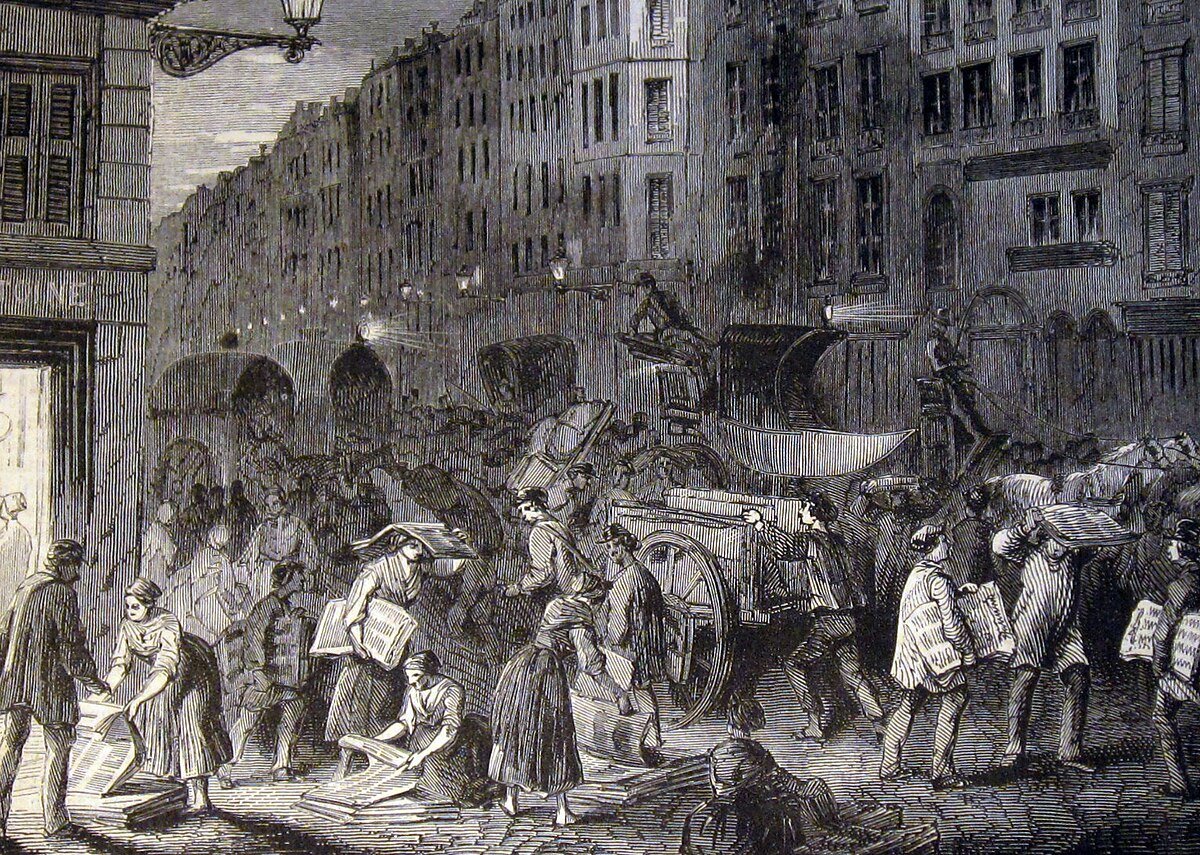
Introduction
The story of how humans share information is a mirror of our social evolution. From the oldest town criers and carved stone proclamations to the printing press’s explosion of pamphlets, and on to radio, television, and now instant digital feeds, the delivery and consumption of news have constantly adapted to technology and culture. The Journey of News isn’t just about gadgets; it’s about trust, power, gatekeeping, and public service. Every shift in medium reshapes who speaks, who listens, and who gets heard. This article follows that arc with a focus on credibility and responsible reporting core components of Google’s EEAT principles explaining why expertise, transparent sourcing, and accountability matter today more than ever. Whether you’re a curious reader, a student of media, or a journalism practitioner, this piece outlines the major phases of news evolution, the current challenges posed by digital platforms, and what ethical, audience-centered journalism can look like in the near future.
Origins and the Rise of Institutional News
The earliest forms of news were immediate and local a messenger announcing a harvest, a war, or a royal decree but as societies grew more complex, so did the need for consistent, repeatable information channels. The invention of the printing press in the 15th century democratized access to written content and laid the groundwork for newspapers, which matured into institutions by the 18th and 19th centuries. These newspapers developed editorial standards, editorial independence, and the routines of verification that underpin modern journalism. Institutional news organizations became gatekeepers of fact and context: they verified claims, commissioned reporting, and created archives. This institutional phase gave readers a shared set of facts and narratives, enabling informed public discourse. Yet it also concentrated power editorial boards and owners shaped which stories reached the public. Understanding this legacy helps explain why contemporary debates about bias, representation, and media accountability remain central to discussions about news quality and trustworthiness.
Broadcast, Speed, and the Culture of Now
The 20th century introduced broadcast media radio and television which transformed news into an audio-visual, time-sensitive experience. Headlines once read in print now arrived live in living rooms; anchors became public figures, and real-time reporting started to shape public reactions to events as they unfolded. The immediacy of broadcast brought immense benefit during crises and major events, but it also raised new challenges: the pressure to be first sometimes outpaced the discipline of verification, and sensationalism could drive ratings. Broadcast era practices pushed newsrooms to develop faster sourcing techniques, but they also centralized editorial control and favored stories that played well on air. The culture of “breaking news” and continuous coverage reshaped audience expectations today’s consumer expects immediate updates, visual context, and expert commentary, a legacy that digital platforms later amplified and complicated by making distribution both instantaneous and democratized.
The Digital Revolution, Algorithms, and Attention Markets
Digital platforms rewired the economics and mechanics of news distribution. Online publishing removed many barriers to entry, enabling independent journalists, niche outlets, and citizen reporters to reach global audiences. Social media and search algorithms now decide which pieces surface for which users, often optimizing for engagement rather than accuracy. This algorithmic mediation introduced both opportunities and risks: tailored content can make news more relevant to individuals, but it can also create echo chambers, accelerate rumor spread, and reward emotionally charged misinformation. Monetization models shifted toward clicks, subscriptions, and targeted advertising, compelling many outlets to balance revenue needs with public-interest reporting. The result is a fragmented media ecosystem where trust is uneven; readers must rely on visible signals of credibility expert bylines, transparent sourcing, editorial corrections, and institutional reputation to assess what to believe. For credible journalism to thrive in this environment, publishers must embrace EEAT principles, invest in verification, and design user experiences that prioritize clarity over virality.
Conclusion
The Journey of News is ongoing and accelerating. Each technological leap has expanded access while introducing new ethical dilemmas. Today’s challenge is building resilient systems that preserve journalism’s public-service role while adapting to personalized, platform-driven consumption. That means newsrooms investing in expertise, transparent sourcing, author credentials, and accountable corrections the practical elements of EEAT and it means platforms creating incentives for quality over sensational engagement. Readers also play a role: cultivating critical media literacy, checking sources, and supporting trusted outlets help keep the information ecosystem healthy. If the past teaches us anything, it’s that the shape of news will continue to evolve but the values that make it useful and trustworthy remain constant: accuracy, context, and a commitment to the public good.
FAQs
Q1: What niche does “Journey of News” belong to?
A1: This article fits squarely in the Media & Journalism niche, with overlaps into digital media, communication studies, and information ethics.
Q2: How does EEAT apply to news articles?
A2: EEAT Experience, Expertise, Authoritativeness, Trustworthiness means journalists and outlets should show bylines, credentials, transparent sourcing, fact-checking, and corrections policies. These signals help readers evaluate quality.
Q3: Are algorithms making news less trustworthy?
A3: Algorithms themselves are neutral, but current design incentives (engagement, sensationalism) can prioritize attention-grabbing content. Trustworthiness depends on platform rules, publisher ethics, and user literacy.
Q4: How can readers spot credible news?
A4: Look for named reporters with qualifications, explicit sources and links, balanced coverage, clear corrections when mistakes happen, and institutional reputation or independent fact-checks.
Leave a Reply